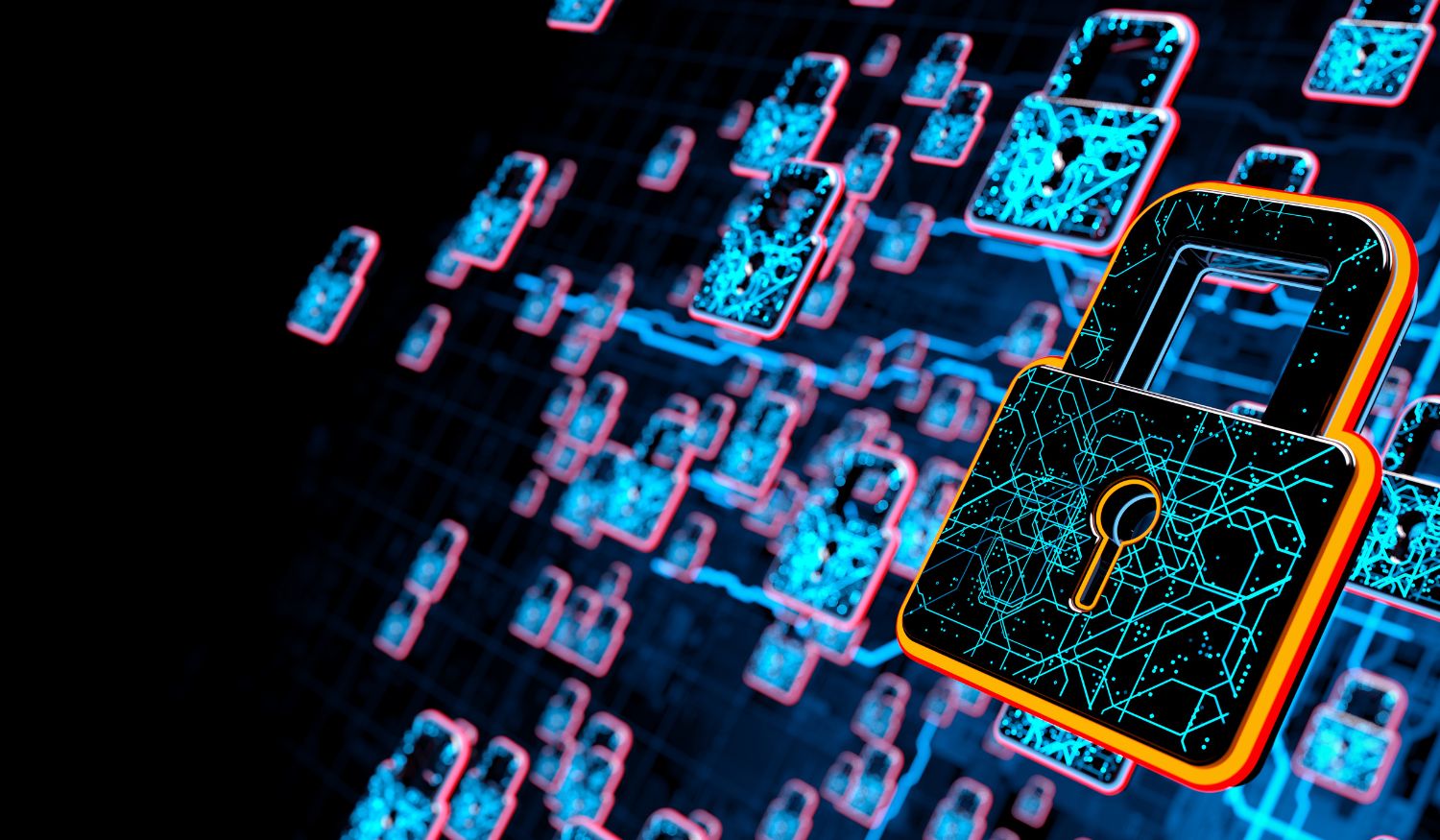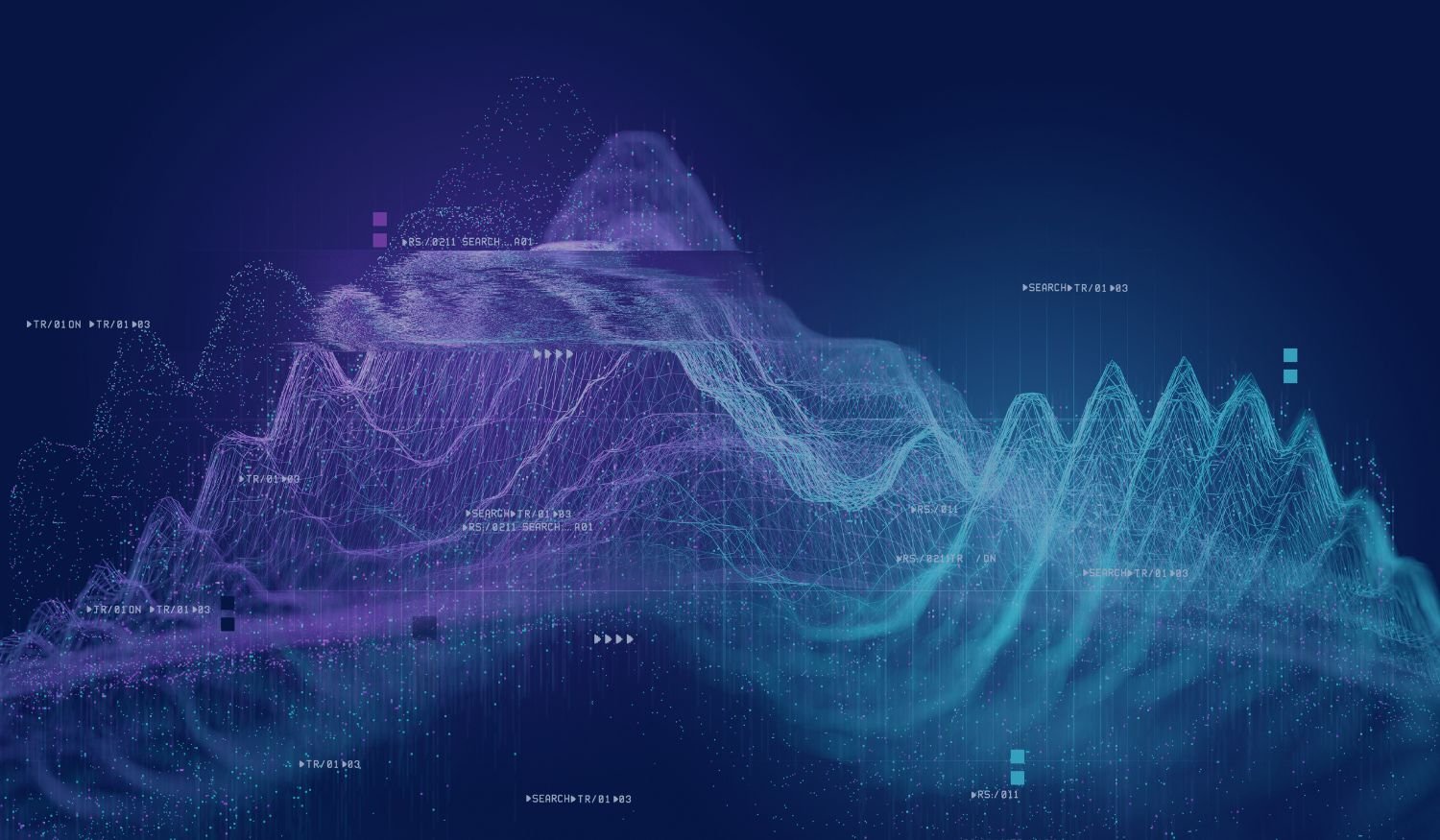What does Information Risk Management Imply for the Future of Cyber Security?
Information Risk Management (IRM) is a threat method that employs policies, guidelines, and technology to reduce the risk of cyber threats caused by security breaches, poor data security, and third-party customers. Security breaches have huge negative business impacts and are frequently the result of incompletely protected data.
What is Information Risk Management in Cyber Security?
Information risk management is important for effective cyber security. Although information safety and risk management are connected, there are two significant distinctions between them. Information security is involved with technology, whereas information risk management is concerned with the policies, methods, guidelines, and human behaviours that represent the risk environment that affects data.
Explaining information risk management consists of three key components:
- The overall goal of cyber security information risk management
- The advantages of a customized information risk management framework
- The overall process of managing information risk in cyber security
This article will explore how to think about and handle your cyber risk from an internal and external viewpoint in order to protect your most sensitive information.
The Purpose of IRM in Cyber Security
Information risk management is important because of the inherent weaknesses of information or the environment when it is processed. These are unavoidable throughout your everyday business activities, as are the risks of exploitation that exist both within and outside the organization. As a result, IRM exists to recognize, account for, mitigate, and eventually reduce the scope and intensity of these risks.
There are four general metrics to inform goals and outcomes:
Identify your assets:
What are your organization's "crown jewels" in the form of data, systems, or other assets? For example, which assets will have the most impact on your organization if their privacy, integrity, or availability is compromised
Identify Vulnerabilities:
Which system-level or software flaws endanger asset privacy, decency, and availability? What are the imperfections or shortcomings in the organizational process that can lead to information compromise?
Identify Threats:
What are some of the possible causes of investment or information compromise?
Is your company's data center, for example, in an area where natural calamities such as tornadoes and floods are more common? Are industry colleagues being systematically persecuted and hacked by a known criminal organization, hacktivist group, or government entity?
Threat modeling is an important activity that adds context to risks by connecting them to known threats and the various ways in which those threats can cause risks to be discovered through vulnerability exploitation.
Identify the controls.
What protections do you already have in place to safeguard identified assets? A control actually addresses an outlined vulnerability or threat by either fully repairing it (remediation) or reducing the likelihood and/or impact of the risk being realized.
For example, if you've recognized a risk of terminated users still having access to a particular application, a control could be a procedure that automatically deletes users from such an application upon termination. A compensating control is a "safety net" regulation that addresses a risk indirectly.
What Are the Top Information Risks from Cyberspace in 2023?
Cybercrime, the Internet of Things (IoT), malware mechanization, third-party (and possibly fourth-party as well as nth-party) risks and threats, and the constant human element are among the top cyber risks we forecast for 2023. The following are the top threats to be on the lookout for:
Cybercrime:
Hackers have successfully established an ecosystem in which they sell their effective malicious software, sometimes even as a customer experience. Criminals who do not have the ability to generate complex code can now perform attacks on businesses using their own code, allowing unskilled hackers to activate complex attacks and introduce organizations to a broader threat environment. The original author of the code may even receive a portion of the profits.
The Internet of Things (IOT):
The world is more digital as a result of technological transformation, and the more devices we link up to, the more doors we eventually open to hackers.
Gartner predicts that by 2023, the world will have 43 billion technology devices—that's a lot of potential risks! While it was once thought that some devices, such as home devices, cars, and security systems, were less vulnerable, attackers have discovered ways to use "lower-risk" devices as access points to other connected devices that may contain sensitive data.
Malware Automation:
In the same way that we introduce automation into our enterprise applications, hackers can optimize their attacks by using a device, allowing them to carry out millions of attacks per day. Cybercrimes are extremely common, with Colonial Pipeline, JBS Foods, and the Cosmopolitan Police Department of Washington, DC, being just a few famous examples.
The Human Element
The human aspect is the only constant in information technology. Human error could result in someone clicking on a phishing link or accidentally misconfiguring a firewall. To reduce the in the mistake of a serious mistakes, education, instruction, and awareness are required.
Three forward-looking techniques to increase cyber risk awareness
As threats to company information evolve, defenses are the tools that industries use to fight those threats. The formal risk management model was incapable of dealing with a dynamic threat environment. To help control the evolution of organizations, organizations must evolve to a new way of thinking.
- Aligning Business Purposes with Information Security
- Work more efficiently and effectively as a team to achieve success.
- Deliver useful input to the organization and executives.
The Advantages of Using an Information Risk Management Framework
A risk management framework is a systematic method of identifying risks, vulnerabilities, and their relationship issues. These factors enable risk ranking as well as identifying the possibility and possible effects of a given risk if it occurs, and their concepts are derived from the National Institute of Standards and Technology's (NIST) Risk Management (RMF).
Share this
You May Also Like
These Related Stories

From Defects to Dollars (Part 2) - Business Decisions

Cyber Risk is a Menace: It Causes Havoc to Operations or Reputation


